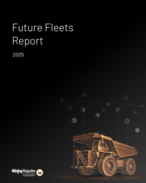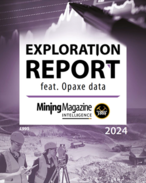While they spend most of their time sleeping, koalas are known to eat around half a kilogram of eucalyptus leaves per day with Coolabah leaves on their preferred menu.
Koala Venture, the 22-year research partnership between Rio and the University of Queensland, aims to repeat the success of establishing koala populations on rehabilitated land at the nearby Blair Athol mine.
The new water-tube innovation is expected to play a crucial role in the plan to boost koala numbers around the Clermont mine.
“The water-tube tree guards are a bit like putting an esky around each seedling, as the product stores water in the walls of the tree guard which is drip-fed to the seedling for 16 days post-planting,” Koala Venture researcher Dr Sean FitzGibbon said.
“We hope this will give the small trees a much better chance of surviving the transplanting period and establishing a strong root system.
“Clermont mine only began producing coal in April last year, so this is a great commitment shown by Rio Tinto to restore koala habitat and vital linkages so early into the process.”
The researchers expect that established seedlings will support koalas within eight years if the area receives reasonable annual rainfall.
Koalas were tracked moving into rehabilitated land at the Blair Athol mine after 12 years of mining.
Clermont region general manager of operations Andrew Cole said more planting days were planned this year.
“We are especially interested in how this trial will go as we have had great success in re-establishing koala habitat at our Blair Athol mine,” he said.
Rio and the university have been researching koalas since 1989.
“The research has taught us a great deal about mining operations and koala habitats; we know now how to adjust our land-clearing practices to allow koalas to move ahead of our work, and we know the types of trees to grow to encourage koalas to return,” Cole said.
The Clermont open cut mine is expected to hit full capacity of 12.2 million tonnes per annum of high-quality thermal coal in 2013.
Clermont will replace the output of the Blair Athol mine, due for closure in 2016, but will continue using its stockpile and load-out facilities to rail out the coal.























